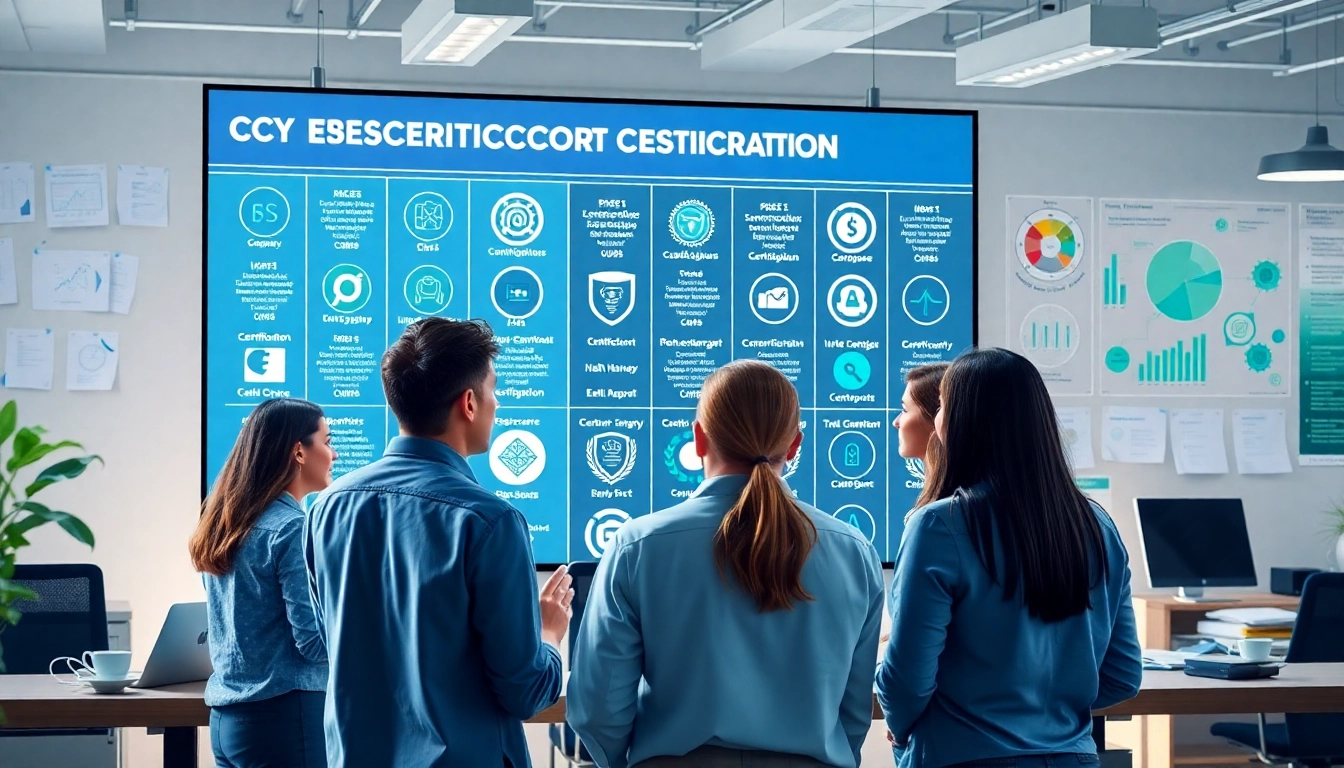Understanding the Concept of Virtual Desktop
What is a virtual desktop?
A virtual desktop is an innovative computing environment that allows users to access their desktop, applications, and data from anywhere in the world, using various devices like laptops, tablets, or smartphones. This technology provides an opportunity to have a full desktop experience without being physically tied to a single machine. Instead, the virtual desktop is hosted on a server and accessed via the internet, enabling a seamless user experience that nearly replicates that of a physical desktop.
In today’s increasingly mobile and remote-centric work culture, the relevance of a virtual desktop cannot be overstated. It enhances flexibility, collaboration, and productivity by allowing individuals and teams to work in synchronized environments regardless of their locations.
Historical development and evolution of virtual desktop technologies
The concept of virtual desktops evolved significantly over the decades. In the early days of computing, users were limited to desktops tightly integrated with physical hardware, which restricted mobility and accessibility. The introduction of terminal services in the late 1990s paved the way for the virtual desktop infrastructure (VDI), enabling remote access to desktop environments through centralized servers.
As the internet became more pervasive, cloud computing entailed the further evolution of virtual desktops. Technologies like desktop as a service (DaaS) emerged, allowing managed virtual desktops to be delivered as a subscription service. This shift led to improved accessibility, security, and cost-effectiveness.
Key benefits of using virtual desktop environments
Utilizing virtual desktops comes with various benefits that can enhance both personal and organizational productivity. Here are some of the key advantages:
- Accessibility: Virtual desktops can be accessed from anywhere with an internet connection, providing users with the flexibility to work remotely.
- Cost-effectiveness: Reducing dependency on physical hardware can lead to significant cost savings in IT infrastructure and maintenance.
- Scalability: Organizations can quickly adjust resources as per user needs without requiring extensive hardware overhauls.
- Enhanced Security: Data is stored centrally on servers, which provides greater control over data protection and reduces the risk of data loss.
Integrating Virtual Desktop for Enhanced Workflows
Setting up a virtual desktop: hardware and software requirements
Setting up a virtual desktop environment requires careful consideration of both hardware and software components. At the core, organizations need a reliable server infrastructure capable of handling multiple user sessions. Typically, this involves:
- Powerful Server Hardware: A server with adequate processing power, memory, and storage to accommodate the desired number of simultaneous users.
- High-speed Internet Connection: Reliable connectivity is crucial to ensure seamless access and minimize latency for users.
- Virtualization Software: Software such as hypervisors or VDI management solutions will allow for creating and managing virtual machines.
- Client Devices: Users can access their virtual desktops from a range of devices, including laptops, tablets, and even mobile phones.
Best practices for configuring virtual desktop environments
To maximize the benefits of virtual desktops, organizations should adhere to several best practices when configuring their environments:
- Resource Allocation: Balancing resource distribution based on user requirements can enhance performance and reduce bottlenecks.
- Regular Updates: Keeping both the host operating system and virtual desktop environments up-to-date ensures optimal performance and security.
- User Training: Providing training for end-users on how to navigate and utilize virtual desktop environments boosts productivity and reduces frustration.
- Monitoring and Support: Continuous monitoring of performance and providing support helps quickly identify issues and mitigate downtime.
Common challenges in virtual desktop deployment and how to overcome them
While the deployment of virtual desktop solutions offers significant advantages, it also presents potential challenges:
- Network Performance: If internet connectivity is unstable, it will hamper the user experience. Organizations can invest in dedicated lines or implement caching strategies to mitigate this.
- Initial Investment: The cost of setting up infrastructure can be high initially. However, it’s important to view this as a long-term investment that pays off through savings in maintenance and upgrades.
- Compatibility Issues: Not all applications may work seamlessly on virtual desktops. Conducting thorough testing before rolling out solutions ensures compatibility.
Use Cases of Virtual Desktop Across Industries
Virtual desktop in remote work settings
The rise of remote work has amplified the relevance of virtual desktops. Employees can connect to their virtual workspaces from various locations while maintaining productivity. It offers a consistent work environment irrespective of physical location, making it essential for teams that work from different geographical areas. Virtual desktops allow companies to attract talent without geographical constraints, promoting diversity and inclusion in hiring practices.
Educational applications of virtual desktop
In academic settings, virtual desktops provide students and educators with access to specialized software and resources without requiring high-end hardware. Educational institutions can provide a uniform learning experience across devices, crucial for remote and hybrid learning environments. Virtual desktops can also enable collaborative projects among students, where they can work together regardless of physical location, making it an excellent tool for enhancing digital literacy.
Virtual desktop in creative and design industries
For creative professionals, having access to resource-intensive applications from any location is vital. Virtual desktops facilitate access to powerful design applications and multimedia tools, ensuring creativity and innovation are not hindered by hardware limitations. For studios and individual creators alike, virtual desktops provide a collaborative platform where projects can be shared and worked on in real-time.
Key Features to Look for in a Virtual Desktop Solution
Performance metrics: What to consider for optimal efficiency
When evaluating virtual desktop solutions, performance metrics are critical. Look for features such as:
- Latency: Low latency is essential for a responsive user experience; aim for solutions with minimal delays.
- Uptime: Reliability is key. Choose a provider that guarantees high availability to prevent disruptions.
- Scalability: Ensure the solution can easily scale alongside business growth without loss of performance.
User experience and interface design in virtual desktop solutions
A well-designed user interface (UI) plays an integral role in how effectively users can engage with their virtual desktops. Look for solutions that offer customizable interfaces tailored to user preferences, enabling a more personalized experience. Furthermore, intuitive navigation and accessibility features are critical for ensuring all users can efficiently operate within their virtual environments.
Security considerations for virtual desktop environments
Security is one of the main concerns when it comes to virtual desktops. Ensure that any chosen solution incorporates robust security features such as:
- Data Encryption: Data should be encrypted both in transit and at rest to safeguard information against unauthorized access.
- Access Controls: Strong authentication methods and access management capabilities help in ensuring that only authorized users can access sensitive data.
- Regular Security Updates: Maintaining updated security protocols helps protect against emerging threats.
Future Trends in Virtual Desktop Technology
Emerging technologies shaping virtual desktop platforms
As technology continues to advance, several emerging technologies are shaping the future of virtual desktops. For instance, technologies like containerization allow for lightweight application deployment, resulting in faster load times and less resource consumption. Additionally, virtual reality (VR) and augmented reality (AR) are beginning to influence how users interact with their virtual environments, promising immersive experiences.
The role of artificial intelligence in enhancing virtual desktop
Artificial intelligence (AI) plays a pivotal role in optimizing the virtual desktop experience. AI solutions can streamline user support through chatbots that handle common queries, automatically recommend resources based on user behavior, and enhance security measures through predictive analytics, which can identify potential threats before they become critical.
Predictions for the next decade of virtual desktop innovations
Looking ahead, we can expect further developments within the virtual desktop sector. Enhanced integration with cloud services will foster greater collaboration and efficiency. The increasing adoption of 5G networks will also improve connectivity and speed, enabling richer user experiences. Overall, as virtual desktop technologies continue to evolve, they will remain integral to shaping how we work, learn, and collaborate in the digital age.



